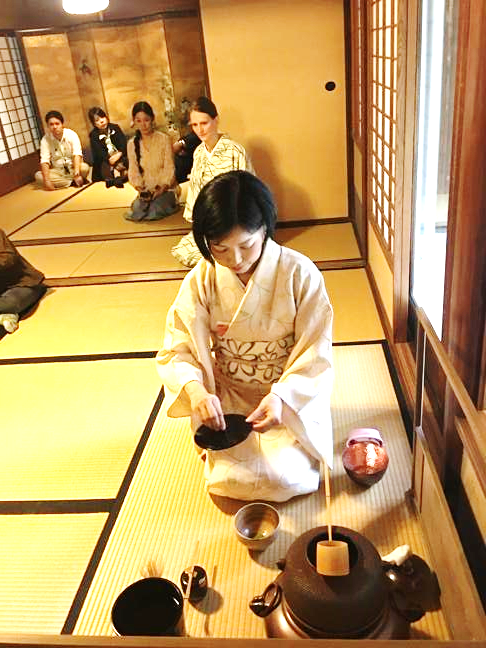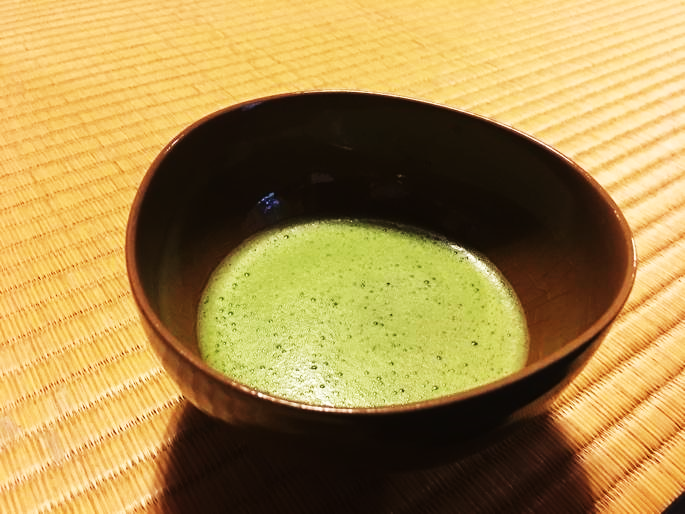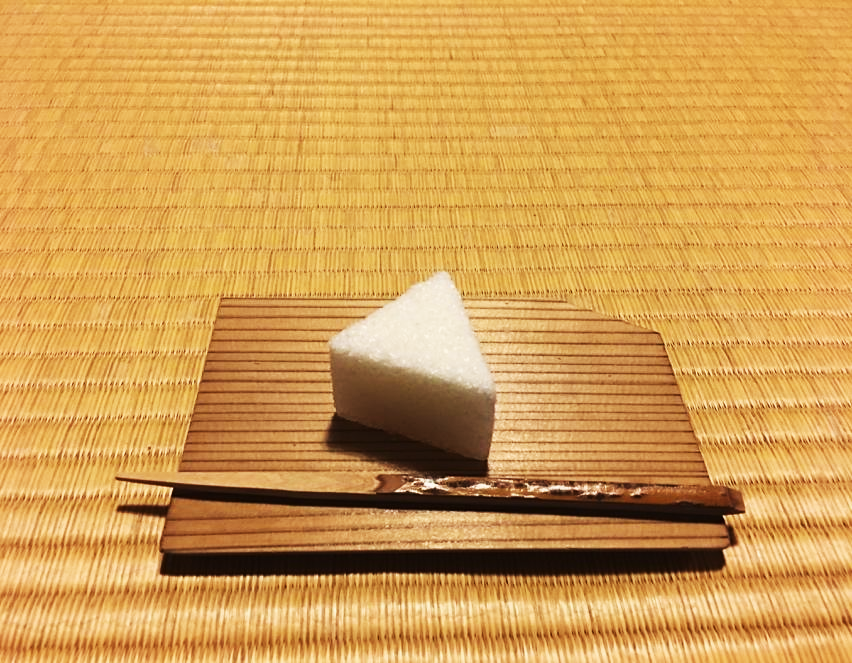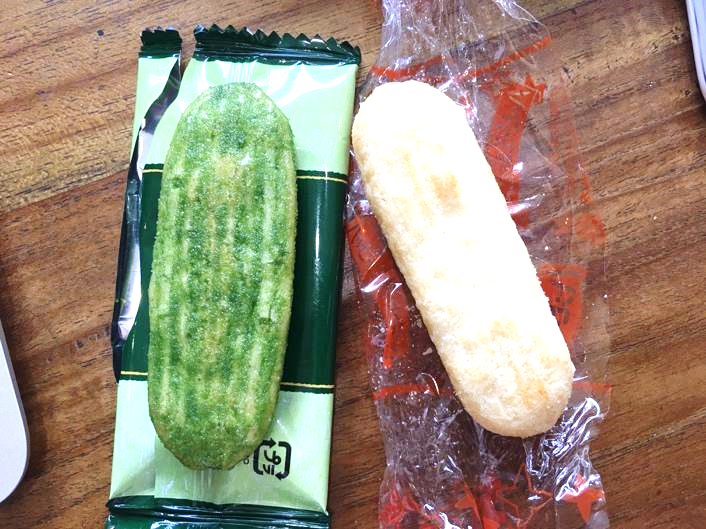Japanese Cuisine as an Intangible Cultural Heritage
JAPANESE FOODS
22.08.2018
Japan’s culinary culture is included one of UNESCO list of intangible cultural heritage.
All over the world, Japanese cuisine has been appreciated, respected,
and enjoyed because of the uniqueness of its variants and the way it is served.
I believe that is happened because of the Japanese way of handling the raw material very careful and respectful. They served not only the delicious and balance tasted,
but also the quality of the food that will affected to the hygiene of its product and consumer health issues.
During my scholarship in the Japanese Food Industry Tour,
I have a lot of opportunity to experience the Japanese Food and the manner to enjoy it.
One of the most captivated ritual is Ocha kai, the Japanese Tea Ceremony,
and it is a very distinguished way to enjoy the tea.
Ocha kai has a very specific tradition, and it is served usucha (thin tea)
and the light sweets cakes which are really balanced with the tea.
The tea tasted bitter and has a unique fragrance and the after taste is very excellent.
It is having its own manner to drink the tea. The tea was made by the lady by its ritual and served in a bowl.
I am so amazed by ritual, the way that we pick up the bowl, the body movements,
and the behavior during drinking the tea. To accompany the tea and make it balanced,
the Japanese traditional sweet also being served after the tea drinking session, called washagi.
There is a lot of washagi variants and it said that the recipe is hereditary (see Figure A).
(1)

(2)

(3) Figure A. (1) Tea making process by the Japanese Lady; (2) Japanese Tea (Light Ocha); (3) Japanese Traditional Sweet (Washagi)
Figure A. (1) Tea making process by the Japanese Lady; (2) Japanese Tea (Light Ocha); (3) Japanese Traditional Sweet (Washagi)
Today, the Japanese tea provides in many variant and easier to consume. The availability of the product is more convenient. We can get the tea in the convenient store or at the market,
from the instant tea until ready to drink tea.
Japan culinary also famous with snacks. In my opinion,
the Japanese tea is matching very well with the rice cracker.
Rice cracker or Senbei, is one of my favorite snack during my time in Japan.
Rice cracker provided in various shape, size and flavor.
It is made from Japanese rice and usually cooked by baked or grilled.
Senbei produced in traditional either in a modern way.
The traditional senbei include sweet senbei and rice candy senbei,
and also senbei which is usually served with nori (dry seaweed) and some anchovies.
The modern senbei (Figure B) are very rich with the flavor such as chocolate, curry,
matcha, kimchi, wasabi, and etc. My preference senbei is the modern one,
which has sweet and salty taste (umami taste).

Figure B. Modern Senbei in Matcha and Sweet and Salty Taste




